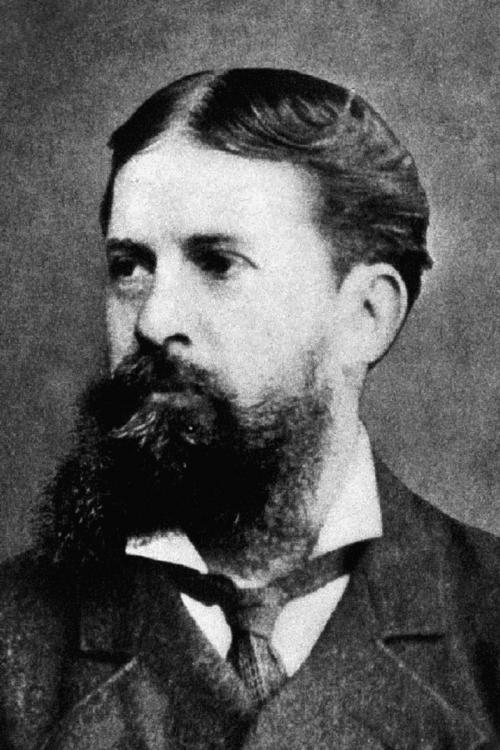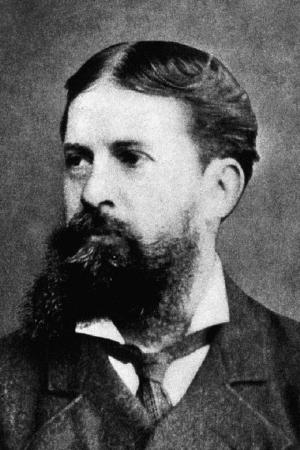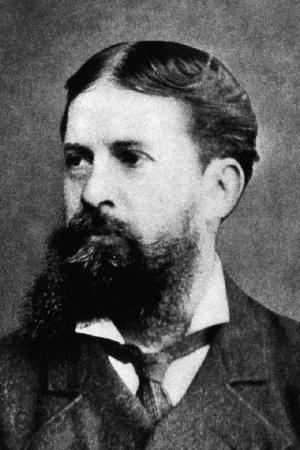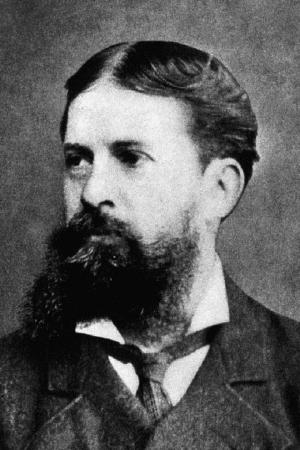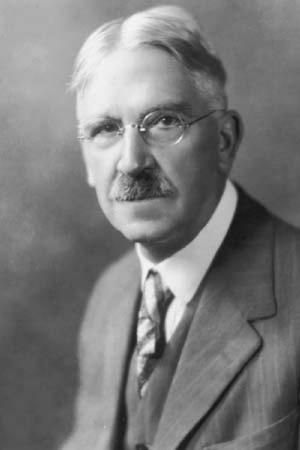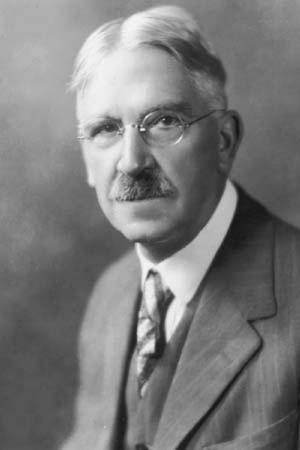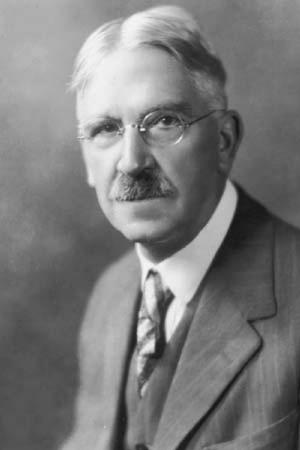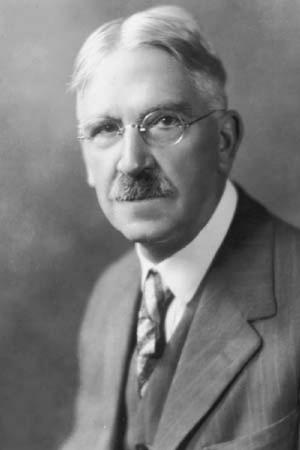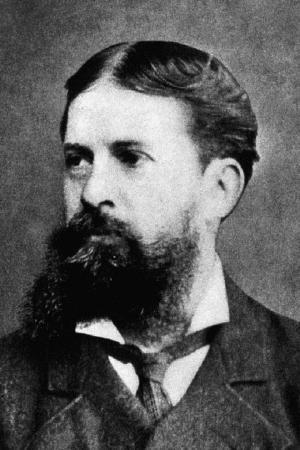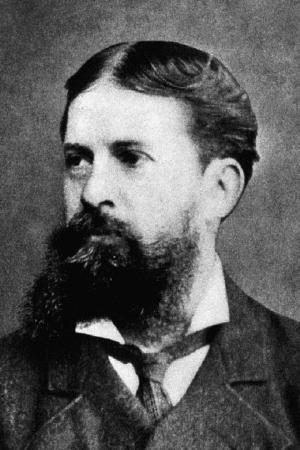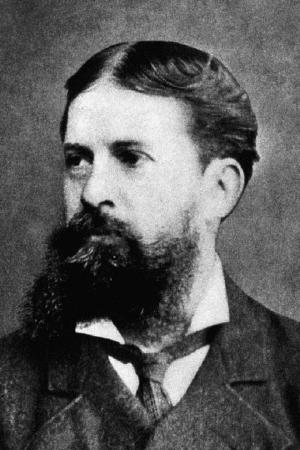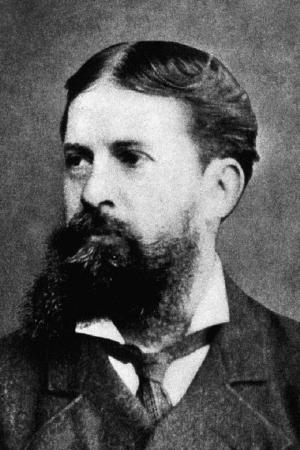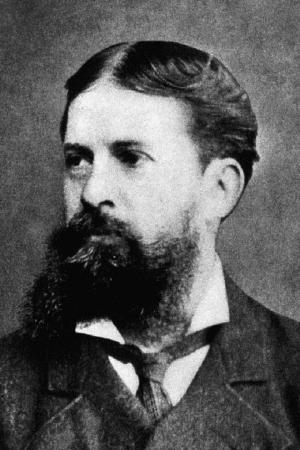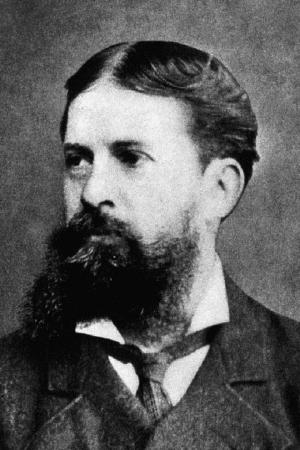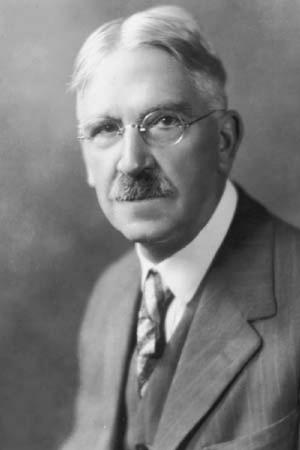| Author: | Charles Peirce, Timeless Books: Editor | ISBN: | 1230001227468 |
| Publisher: | Timeless Books | Publication: | July 13, 2016 |
| Imprint: | Language: | English |
| Author: | Charles Peirce, Timeless Books: Editor |
| ISBN: | 1230001227468 |
| Publisher: | Timeless Books |
| Publication: | July 13, 2016 |
| Imprint: | |
| Language: | English |
The book has an active table of contents for readers to access each chapter of the following titles:
1. THE FIXATION OF BELIEF - CHARLES PEIRCE
2. HOW TO MAKE OUR IDEAS CLEAR - CHARLES PEIRCE
3. THE DOCTRINE OF CHANCES - CHARLES PEIRCE
4. THE PROBABILITY OF INDUCTION - CHARLES PEIRCE
5. THE ORDER OF NATURE - CHARLES PEIRCE
6. DEDUCTION, INDUCTION, AND HYPOTHESIS - CHARLES PEIRCE
In 1934, Paul Weiss, an American philosopher, the founder of The Review of Metaphysics, and the Metaphysical Society of America, called Charles Peirce "the most original and versatile of American philosophers and America's greatest logician".
Max Fisch, a well-known writer of identity, individuality, responsibility, morality, and political commitment, commented Charles Peirce as the follow:
“Who is the most original and the most versatile intellect that the Americas have so far produced? The answer Charles S. Peirce is uncontested, because any second would be so far behind as not to be worth nominating. He was mathematician, astronomer, chemist, geodesist, surveyor, cartographer, metrologist, spectroscopist, engineer, inventor; psychologist, philologist, lexicographer, historian of science, mathematical economist, lifelong student of medicine; book reviewer, dramatist, actor, short story writer; phenomenologist, semiotician, logician, rhetorician and metaphysician.”
In 1877, Charles Peirce published his first foundational paper to Logic of Science THE FIXATION OF BELIEF. In this paper, Peirce outlined a logical framework to address how one can justify changing one's beliefs. Charles Peirce discussed and advocated the belief-doubt model. The essential ideas presented in this book still have impact today on discussion theorists, epistemologists, natural philosophers, computer scientists, and cognitive psychologists.
In 1878, Charles Peirce published his foundational paper to Logic of Science HOW TO MAKE OUR IDEAS CLEAR. In this paper, Peirce outlined a framework of discerning the pattern formed by the three grades of clearness. Pragmatism as a movement was originated in the early 1870s via discussions among Charles Peirce, William James, and others in the Metaphysical Club. William James, who was later regarded as one of founders of modern psychology, credited the paper HOW TO MAKE OUR IDEAS CLEAR by Peirce as foundational work to pragmatism.
In 1878, Charles Peirce published his foundational paper to Logic of Science THE DOCTRINE OF CHANCES. In this paper, Peirce denied the traditional concept of science as an independent and isolated branch in our modern knowledge base. He tried to present science category in a new structured layer approach with simpler classification.
In 1878, Charles Peirce published his foundational paper to his theory of logic and science THE PROBABILITY OF INDUCTION. In this paper, Peirce discussed that the problem of induction was the philosophical question of whether inductive reasoning led to knowledge understood in the classic philosophical sense.
In 1878, Charles Peirce published his foundational paper to the Logic of Science THE ORDER OF NATURE. In this paper, Charles Peirce saw a scientific approach to explain universal orderliness as embodying familiar attitudes in philosophy and elsewhere elaborated into a new deliberate method for fruitful thinking about problems.
In 1878, Charles Peirce published his foundational paper to his theory of logic and science DEDUCTION, INDUCTION, AND HYPOTHESIS. In this paper, Peirce showed his distinction between deduction, induction and abduction. He presented his views on the subject from an understanding of deduction, induction and hypotheses as types of reasoning to understanding them as stages of inquiry very tightly connected.
This is a must-read collection for comprehending the foundational thoughts of Math, Logic, and Philosophy by Charles Peirce.
The book has an active table of contents for readers to access each chapter of the following titles:
1. THE FIXATION OF BELIEF - CHARLES PEIRCE
2. HOW TO MAKE OUR IDEAS CLEAR - CHARLES PEIRCE
3. THE DOCTRINE OF CHANCES - CHARLES PEIRCE
4. THE PROBABILITY OF INDUCTION - CHARLES PEIRCE
5. THE ORDER OF NATURE - CHARLES PEIRCE
6. DEDUCTION, INDUCTION, AND HYPOTHESIS - CHARLES PEIRCE
In 1934, Paul Weiss, an American philosopher, the founder of The Review of Metaphysics, and the Metaphysical Society of America, called Charles Peirce "the most original and versatile of American philosophers and America's greatest logician".
Max Fisch, a well-known writer of identity, individuality, responsibility, morality, and political commitment, commented Charles Peirce as the follow:
“Who is the most original and the most versatile intellect that the Americas have so far produced? The answer Charles S. Peirce is uncontested, because any second would be so far behind as not to be worth nominating. He was mathematician, astronomer, chemist, geodesist, surveyor, cartographer, metrologist, spectroscopist, engineer, inventor; psychologist, philologist, lexicographer, historian of science, mathematical economist, lifelong student of medicine; book reviewer, dramatist, actor, short story writer; phenomenologist, semiotician, logician, rhetorician and metaphysician.”
In 1877, Charles Peirce published his first foundational paper to Logic of Science THE FIXATION OF BELIEF. In this paper, Peirce outlined a logical framework to address how one can justify changing one's beliefs. Charles Peirce discussed and advocated the belief-doubt model. The essential ideas presented in this book still have impact today on discussion theorists, epistemologists, natural philosophers, computer scientists, and cognitive psychologists.
In 1878, Charles Peirce published his foundational paper to Logic of Science HOW TO MAKE OUR IDEAS CLEAR. In this paper, Peirce outlined a framework of discerning the pattern formed by the three grades of clearness. Pragmatism as a movement was originated in the early 1870s via discussions among Charles Peirce, William James, and others in the Metaphysical Club. William James, who was later regarded as one of founders of modern psychology, credited the paper HOW TO MAKE OUR IDEAS CLEAR by Peirce as foundational work to pragmatism.
In 1878, Charles Peirce published his foundational paper to Logic of Science THE DOCTRINE OF CHANCES. In this paper, Peirce denied the traditional concept of science as an independent and isolated branch in our modern knowledge base. He tried to present science category in a new structured layer approach with simpler classification.
In 1878, Charles Peirce published his foundational paper to his theory of logic and science THE PROBABILITY OF INDUCTION. In this paper, Peirce discussed that the problem of induction was the philosophical question of whether inductive reasoning led to knowledge understood in the classic philosophical sense.
In 1878, Charles Peirce published his foundational paper to the Logic of Science THE ORDER OF NATURE. In this paper, Charles Peirce saw a scientific approach to explain universal orderliness as embodying familiar attitudes in philosophy and elsewhere elaborated into a new deliberate method for fruitful thinking about problems.
In 1878, Charles Peirce published his foundational paper to his theory of logic and science DEDUCTION, INDUCTION, AND HYPOTHESIS. In this paper, Peirce showed his distinction between deduction, induction and abduction. He presented his views on the subject from an understanding of deduction, induction and hypotheses as types of reasoning to understanding them as stages of inquiry very tightly connected.
This is a must-read collection for comprehending the foundational thoughts of Math, Logic, and Philosophy by Charles Peirce.
